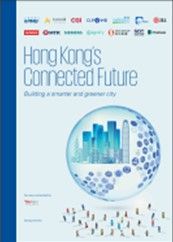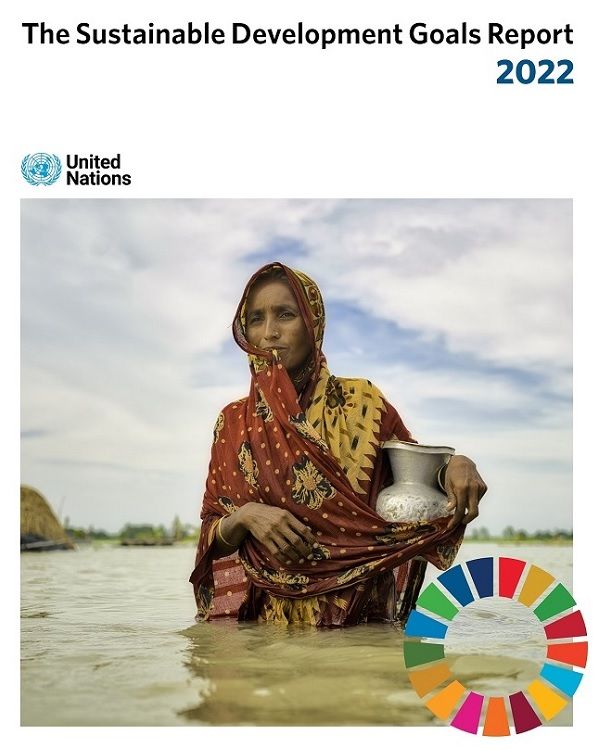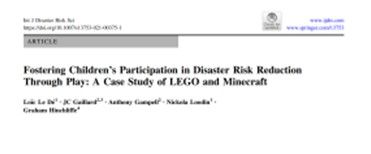You are here
概要: Risk Governance Framework Meeting Urban Challenges?
概要: Risk Governance Framework Meeting Urban Challenges?
[本文只供英語版本]
[本文只供英語版本]
People living in urban environments face multiple risks which range from financial risks, physical risks (natural hazards), technological risks (building structures, infrastructure, hazardous facilities) and social risks (violence, social dissatisfaction).These risks are often inter-linked with each other, hence, the concept of “risk governance” has been developed to provide tools to deal with complex risk situations in urban areas.
A New Framework
Based on previous work by various scholars, the three major characteristics of risk knowledge that pose specific challenges for risk governance are: Complexity; Scientific Uncertainty and Socio-political Ambiguity. In this article, the International Risk Governance Council (IRGC) suggested a new framework after its original framework in 2005. The new framework structures the risk governance process in 5 steps, accompanied by communication and stakeholder involvement throughout the cycle, together with the effective use of resources:

In the Pre-estimation Phase, relating to risks in urban environments, architects, builders, urban planners, industrial contractors, real estate agents, and the affected population all have different expectations and concerns that should be addressed.
The stages of Interdisciplinary Risk Estimation and Risk Characterisation are: risk assessment and concern assessment which are to match physical risk assessments with human perception. And a risk estimate combines the hazard, exposure and vulnerability assessments into an overall risk profile.
In the context of urban risks, Risk Evaluation includes comparing different management plans and options by considering two sides: the opportunities including potential revenues, and the risks including financial costs and liabilities.
In dealing with urban risks, factors like the degree of complexity, uncertainty and ambiguity determine the options of risk reduction that relate to best available technical knowledge (high complexity), emphasise reversibility and robustness (high uncertainty), and to collect plural value input in case of high ambiguity. Risk Management is to review all relevant data and information generated in risk estimation, characterisation and risk evaluation.
How To Make It Work?
The management agencies’ capability to resolve complexity, clarify uncertainty and handle ambiguity determines the effectiveness of the risk governance process. The keys are communication and deliberation to attain a common understanding of the problems and to address the specific challenges raised; reaching an agreement on the most acceptable risk reduction solutions; and the processes of involving government actors, experts and stakeholders, and the public. Examples of processes are open meetings, interviews, surveys, and reflective processing via mediation, round table, forum, consensus conferences and public advisory committees.
Other Considerations
Risk governance includes a dynamic governance process of continuous and gradual learning and adjustment. There is a need to understand the various concepts that people associate with quality of life in urban environments to find a consensus on risks and benefits, and balancing pros and cons.
This article is summarised from: Renn, O., Klinke. A., Schweizer, P. Risk Governance: Application to Urban Challenges. Int J Disaster Risk Sci (2018) 9:434-444.
https://link.springer.com/article/10.1007/s13753-018-0196-3








